Hisense, Samsung and LG reveal TV line-ups for the year to come
Hisense, Samsung and LG have unveiled their TV line-ups for the year ahead at the world’s largest electronics show in Las Vegas.
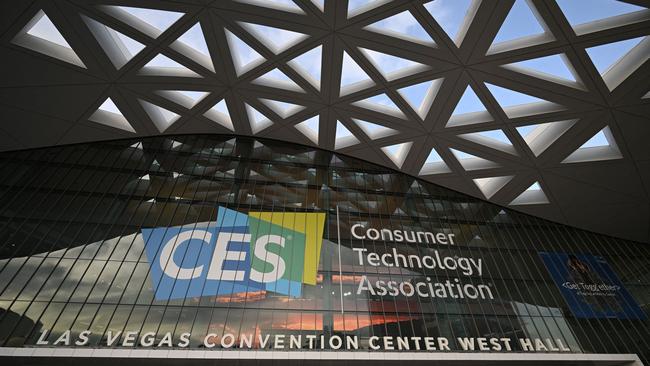
In the market for a new TV? This week’s Consumer Electronics Show, better known as CES, is kicking off in glitzy Las Vegas and television manufacturers like Hisense, Samsung and LG are each unveiling their line-ups for the year to come, promising unprecedented picture quality, brightness, and in many cases value.
While acronyms and new technologies like OLED, ULED and Mini-LED can quickly get confusing, a simple truth is that high-end TVs are likely to be as affordable as ever in 2023 as supply chain issues ease, while boasting more features packed in than ever before. Here are our picks of the pack.
Displace’s wireless TV
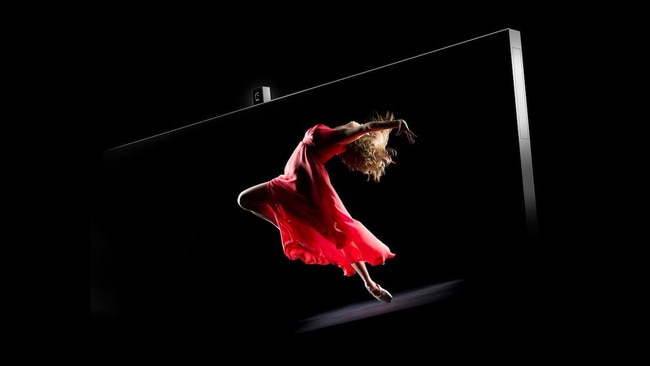
CES is all about innovation and perhaps the most ‘out there’ TV innovation revealed in Las Vegas this week is from new US start-up Displace, in what it’s describing as the “world’s first truly wireless TV.” Running on rechargeable batteries, the 55-inch 4K OLED display weighs in at under 10kgs and has no wires or ports, instead relying on a swappable battery system, and A/V signals transmitted over Wi-Fi. The display comes with a wireless base unit that is connected to an electrical outlet. The battery can reportedly last for up to a month, while the TV can be controlled with hand gestures via a camera, as well as touch and voice.
Displace‘s wireless TV will initially be available in the US and the company is searching for an Australian distributor. The company’s founder says it’s possible to combine four of the screens into one massive 110-inch display, and that users can simply press the TV against the wall and it will stick there.
“Displace completely reinvents the television with its hardware and software technologies, and user interfaces that will not only change the way people enjoy entertainment in their homes, but will also advance the entire television industry,” Displace founder and CEO Balaji Krishnan said in Las Vegas this week.
“We envision a world with multiple displays on walls delivering significant value to the consumers wherever they are inside their homes. To achieve this vision, it‘s important to re-architect television by eliminating all common frustrations and making it extremely easy to secure televisions on any surface inside homes.
“By realising this vision, Displace is effectively creating the next computing platform and the potential applications are limitless.”
Hisense’s Mini-LED X TVs
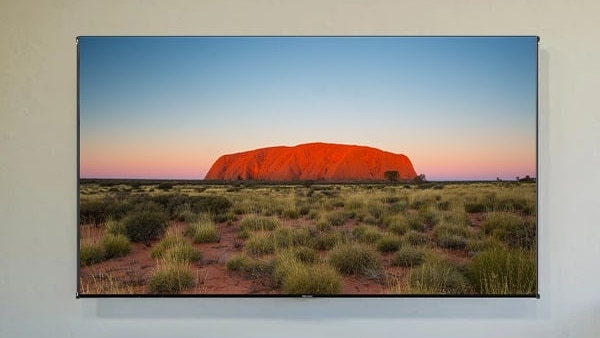
Celebrating the 10-year anniversary of its popular ULED TV range is Hisense, which has used CES to debut a new technology, Mini-LED X, which it‘s rolling out across its high-end flagship models.
Each year TVs are not only get thinner – they‘re getting brighter and more detailed – and Hisense says its Mini-Led X technology is in some cases superior to OLED, particularly for Australian homes which can often be bright and sunny. Hisense says its top-end 85-inch ULED model uses more than 20,000 backlights to produce more than 2500 nits of brightness along with more than 5000 dimming zones, offering unparalleled image detail, clarity and depth. Built-in too are 4.1.2 true surround sound speakers, making a separate sound bar less of a necessity.
The ‘U’ in ULED stands for ’ultra’ and Hisense says it’s confident that its premium 85-inch model in particular will be a hit with both cinema buffs and video game aficionados.
“We’re incredibly proud of the continued innovation in our ULED range. We set an industry benchmark by incorporating a range of premium technologies, including Mini-LED for contrast, QLED for colour, 144Hz for unparalleled motion and Dolby Vision IQ,” Hisense’s local head of marketing Gideon Lui said.
For consumers wanting to spend a bit less Hisense is also rolling out its existing Mini-LED technology to displays ranging from 55-inch to 95-inch in size, with each offering IMAX Enhanced certification, Dolby Vision IQ and HDR10+ adaptive viewing. The TVs also feature AirPlay 2, allowing both Apple and Android users to stream content straight from their devices. The range is expected to be released in Australia mid-year, and pricing is yet to be revealed.
LG’s new OLED range
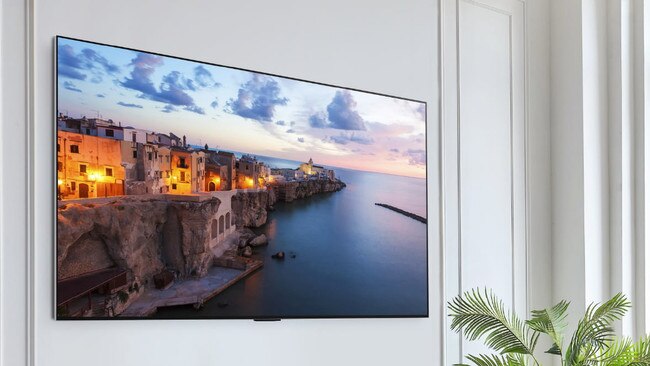
The OLED TV range from South Korean outfit LG remains well-received by Australian customers, and the company is showing off an upgraded line-up for 2023 including new Z3, G3 and C3 OLED evo series TVs.
The most high-end new model is the Z3, which boasts 8K resolution, along with the G3 which offers the company‘s brightest OLED performance yet, the C3 which is a mid-range model and the B3, which is its most affordable option.
The company is deploying what it calls Brightness Booster Max technology specifically in its G3 series, which it says uses light-boosting algorithms to increase brightness by up to 70 per cent, with brightness mapped and controlled on a pixel-by-pixel basis. The new OLED range also comes equipped with new Alpha series processors, which LG says integrates a picture processing technology that detects and refines important objects, such as people’s faces, to give them a more lifelike quality.
One of the most intriguing new features in LG‘s new range is a purely aesthetic one – ‘One Wall Design’ – which LG says means the TVs will leave no visible gap when wall-mounted. The TVs are expected to be released in Australia mid-year.
Samsung’s quantum dot OLED TVs
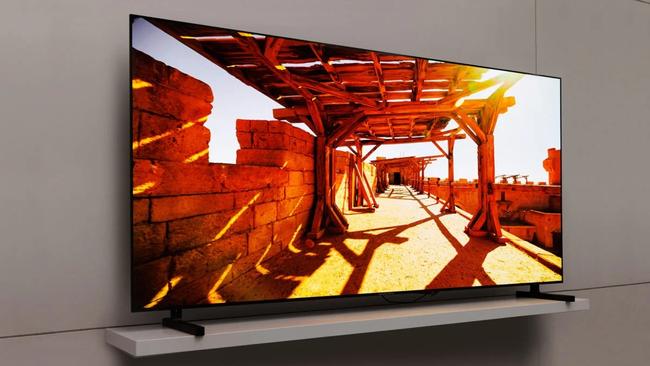
Much like its rival LG, brightness seems to be a key feature of Samsung’s 2023 TV line-up. The company is unveiling a new quantum dot OLED TV line-up at CES that it says can hit up to 2,000 nits of peak brightness – more than LG’s range, if true, and far beyond what was previously possible.
Meanwhile a new and improved optimisation algorithm from Samsung called IntelliSense AI collects information on each pixel in real time and uses AI’s Neural network ‘brain’ to more precisely control that pixel’s light while also delivering real time optimised power management.
More updates are coming from Samsung later this week including an expected refresh of ‘The Frame’, Samsung’s 4K smart TV that can seamlessly blend into gallery walls while displaying works of art. First unveiled at CES in 2021, The Frame has since become one of Australia’s most popular televisions.
TinyTV Mini
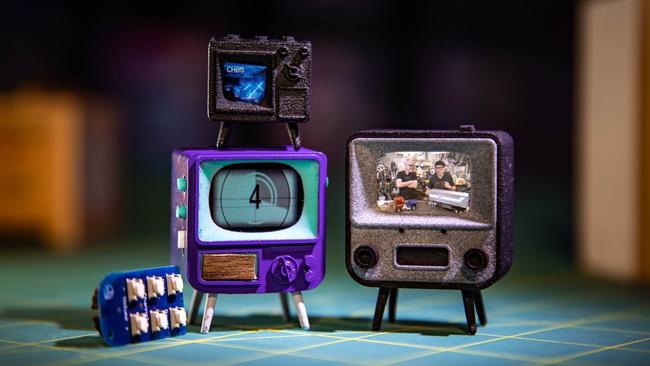
If 75-inch or 85-inch displays are just too big then consider the TinyTV Mini, a Kickstarter-backed device that features a miniature 64x64 pixel screen and 8GB of built-in storage, all in the size of a device smaller than a 20 cent piece.
Available for just $US49 – thousands of dollars less than most of the other models mentioned above – the TinyTV Mini is a unique device powered by a Raspberry Pi that comes with a USB-C port for charging and for transferring data, a single speaker, and an hour-long battery life. It’s definitely not going to replace your actual TV any time soon but could bring some much-needed ambience to your bedside table. Deliveries are expected by March 2023.
David Swan travelled to Las Vegas as a guest of Hisense.



To join the conversation, please log in. Don't have an account? Register
Join the conversation, you are commenting as Logout